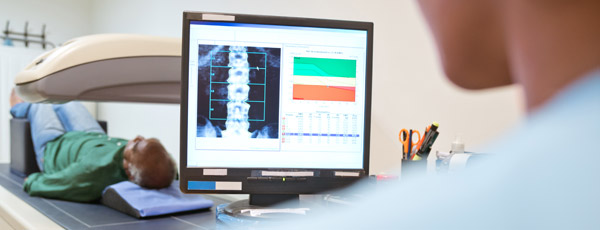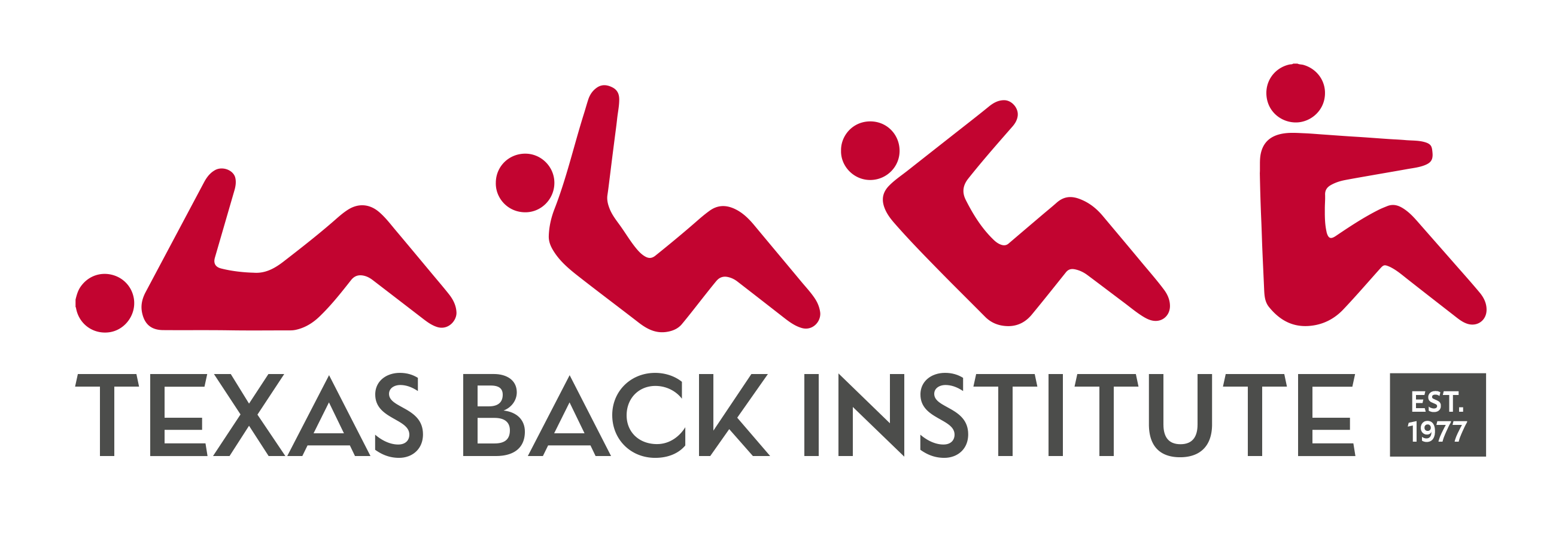Bone Mineral Density Assessments
Bone mineral density assessments measure the mineral content of your bones. The more dense the bone, the stronger and less likely it is to break. Most assessments rely on low-dose radiation to determine density. The two most common areas measured for bone density are the spine and hip. Sometimes screening can be done using a wrist or heel.
Bone density testing is most often used to test for osteoporosis. This type of assessment is also used before spinal surgery to determine bone density before putting in metal implants such as fusion cages or artificial discs. Bone density assessment tests are not the same as bone scans.

You will be asked to remove belts and all items from your pockets (you do not have to change into a gown).




- You will lie on your back. There are some testing devices that require you to lie on your side.
- A small machine will pass over your low back. You may be repositioned for the scan of your hips.
- The test takes less than 30 minutes.
- You can drive yourself back home or work after the scan.




- A doctor will read the information from the scan.
- You will need to have an appointment with the doctor to discuss the results of the scan and treatment options if the bone density is low.

